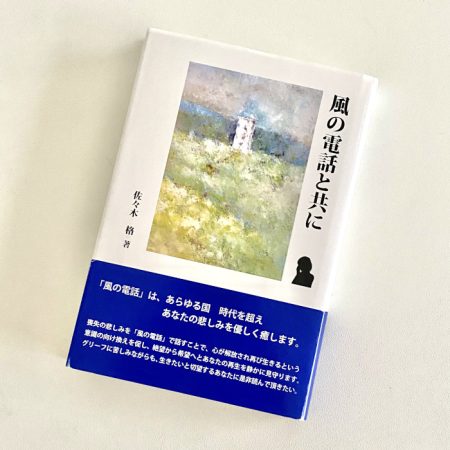
There are occasional people who live in the city for a long time and then take the opportunity to retire from work and start living in the countryside. I believe and practice that the appeal of country life is a life where one can enjoy spending time and effort without being constrained by time.
The idea of how to efficiently use people, things, money, and resources to increase profits is that of a corporate organization, and I believe that one of the reasons for the increasing number of people who say they do not feel affluent is that individual lives are run in the same way, with efficiency as the top priority. Of course, there is also the problem that salaries have not increased in the past 30 years and, conversely, real wages have declined. ・・・・
However, simply put, today, you can get anything you need by paying for it, and as long as you pay for it, someone else will do everything for you. I don’t have to move a single body, and I don’t have to break a single sweat. Such a life may have the same goal of seeking something, but the process is completely different. In particular, since there is no history of one’s own passage of time, there are no hardships or problems that may occur during that time. Therefore, there is no need to make efforts to solve them. As a result, we have to live our daily lives without the emotions that are supposed to well up from within our bodies. I believe that it is important for people to “live with emotion and inspiration” in their lives, and I believe that this will enrich their lives. For more information, please read one of my book series “Wind Phone”. I am sure you will be able to feel something.




